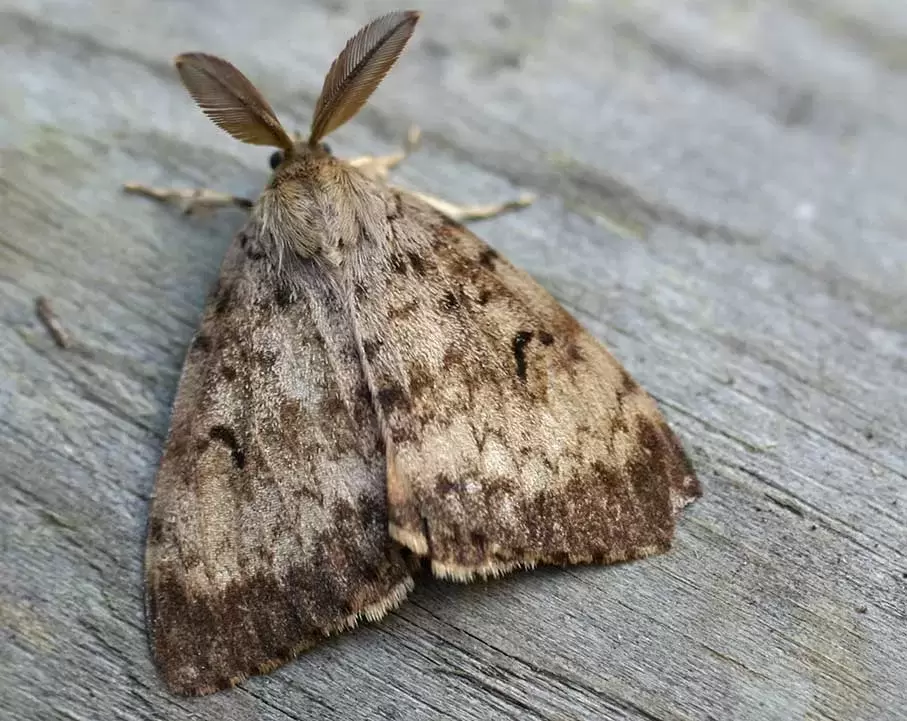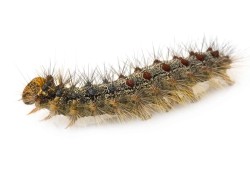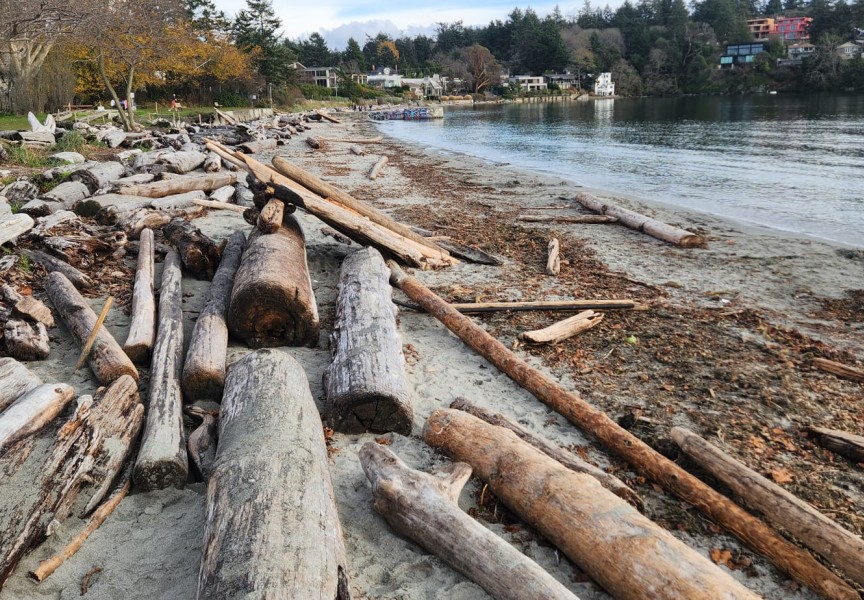Over the last few weeks, the provincial government has been spraying for spongy moths across a number of island communities that have been the hit the hardest by the invasive species.
The spongy moth, formerly known as the gypsy moth until February of 2022, was first brought to North America from it’s native habitat in Europe in 1868. In 1911, there were confirmed sightings of the insects in British Columbia. And by the 1970s and 1980s, the numbers of them were growing rapidly.
According to the Invasive Species Centre, the moth is at its most dangerous in its larval, caterpillar stage. In this time, they can strip away a large amount of foliage from a variety of trees. They are known to host on over 300 species of plants. As well, the hair-like bristles that appear on the caterpillars are known to cause skin irritation to humans who come into contact with the creatures.
Some residents of the areas affected by the spraying, however, have concerns about the actions being taken by the government. Tim Sutherland Sr. lives at the Tsawaayuus – Rainbow Gardens in Port Alberni, and says that he and his community been impacted by the spraying of chemicals in the past.
“They used to do pest spraying on the roadside forest to the shrubs,” he said. “And years ago we quit picking berries because of that.”
Sutherland says that he would not have been aware the spraying was even happening if not for a man walking by the morning it took place.
“I sit on my little front porch every morning faithfully. And this plane was flying around over back and forth. And I was lucky, there was a man walking by doing his walk,” he explained. “And [I asked] what's with that plane? He says, ‘Well, apparently they're doing a spray over the area for spongy moths’.”
Sutherland also worries that there could be more side effects caused by the spraying.
“Apparently it's not harmful to people, so why do we have to have our doors and windows closed then?” he asked.
According to the province, however, the reasoning for keeping doors and windows closed has more to do with an impact on the senses than anything else.
“We do recommend during implementation of the program that residents stay indoors during the spray, and for up to one or two hours following the spray” said Provincial Forest Entomologist Babita Bains in a virtual open house session held in January. “One of the reasons that we recommend people and their pets do stay indoors is that it does not smell great.”
Bains also detailed that there was a very small, but still present, risk that the spray could cause adverse effects in people suffering from asthma.
The chemical used by the province to control spongy moths is known as Foray 48B, and uses a bacterium known as Btk for the active ingredient. Foray 48B has been used across the United States and Canada for over 30 years, and in British Columbia for nearly 25. In that time and through its testing by the Pest Management Regulatory Agency of Health Canada, there have been no documented toxic effects on any species other than the spongy moth, and the spraying poses no risk to groundwater contamination, according to the agency.
Spraying for the spongy moth has been completed throughout most municipalities. One more round was set to occur in Campbell River, Dove Creek, and Courtenay. All were scheduled to be finished by June 1.








